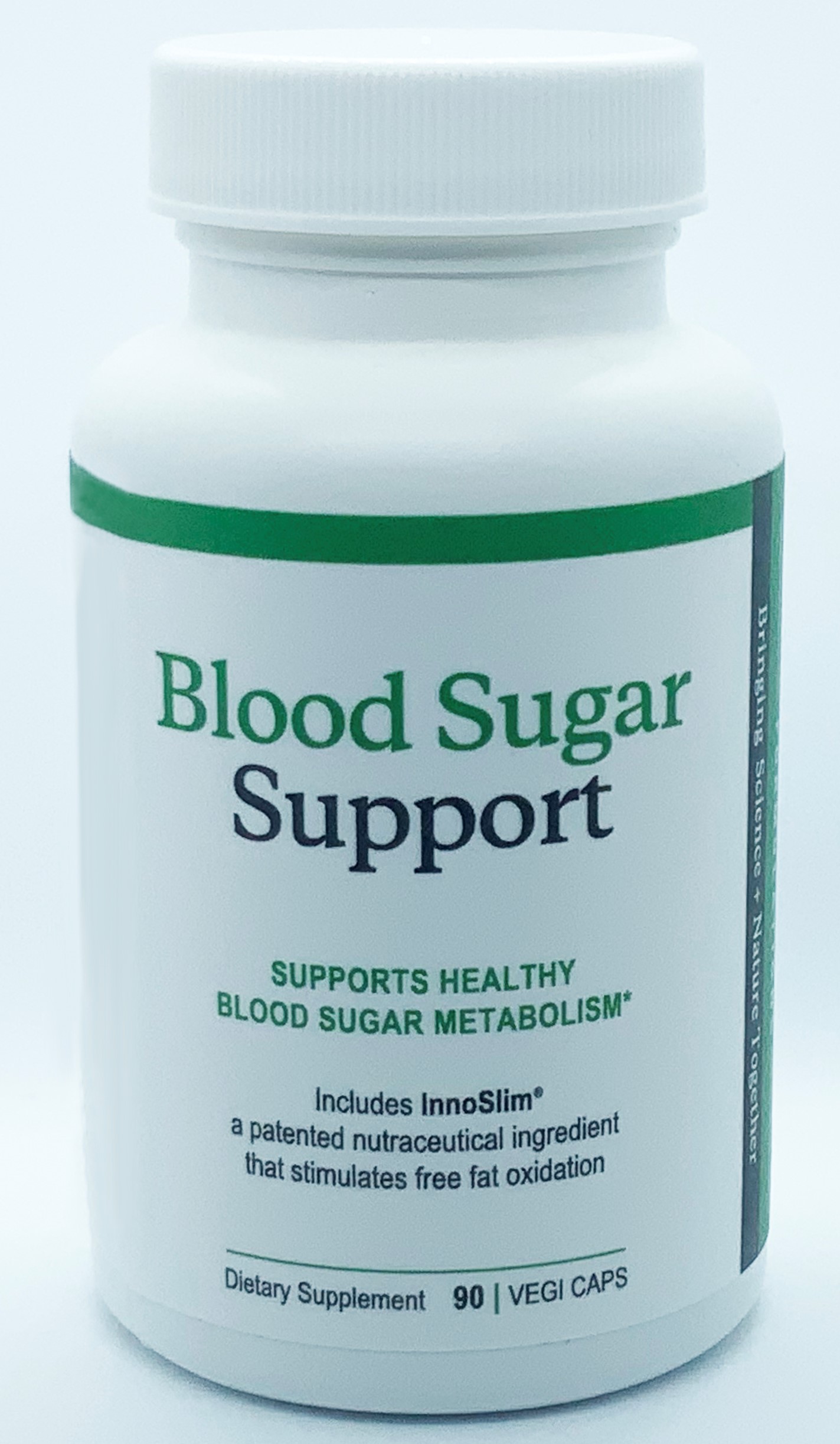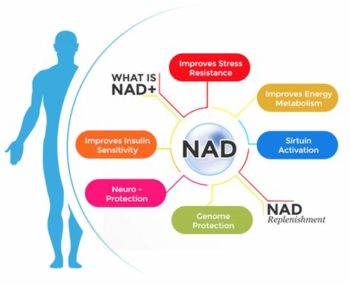I wanted to share with you an article from Fight Aging!
on the topic of hypertension and cognitive decline.
Fight Aging! puts out a free weekly newsletter on current developments
in the area of aging research – I have been subscribing to it for many
years.
Regards,
Rob
Here is a reminder that the increased blood pressure of hypertension, or even more modestly raised blood pressure, is an important downstream mechanism in aging. Higher blood pressure over time results in greater tissue damage to the brain, kidneys, and other organs, greater vulnerability to atherosclerosis, and many more issues. Raised blood pressure is one of the more important ways in which the underlying molecular damage of aging is converted into structural and physical damage that leads to death.
High blood pressure appears to accelerate a decline in cognitive performance in middle-aged and older adults. Nearly half of American adults have high blood pressure or hypertension. Having high blood pressure is a risk factor for cognitive decline, which includes such things as memory, verbal fluency, attention and concentration. Blood pressure of 120 mmHg – 129 mmHg systolic (the top number in a reading) or higher is considered elevated. Systolic pressure above 130 mmHg, or diastolic pressure (the bottom number) of 80 mmHg or higher is considered hypertension.
Researchers analyzed findings from an existing study that included blood pressure and cognitive health information for more than 7,000 adults in Brazil, whose average age was about 59 years old at the study’s start. The study participants were followed for an average of nearly 4 years; testing included analysis of memory, verbal fluency, and executive function, which includes attention, concentration, and other factors associated with thinking and reasoning.
Systolic blood pressure between 121 and 139 mmHg or diastolic blood pressure between 81 and 89 mmHg with no antihypertensive medication use was associated with accelerated cognitive performance decline among middle-aged and older individuals. The speed of decline in cognition happened regardless of hypertension duration, meaning high blood pressure for any length of time, even a short duration, might impact a person’s speed of cognitive decline. Adults with uncontrolled hypertension tended to experience notably faster declines in memory and global cognitive function than adults who had controlled hypertension.
“In addition to other proven benefits of blood pressure control, our results highlight the importance of diagnosing and controlling hypertension in patients of any age to prevent or slow down cognitive decline. Our results also reinforce the need to maintain lower blood pressure levels throughout life, since even prehypertension levels were associated with cognitive decline.”
Link: https://newsroom.heart.org/news/high-blood-pressure-at-any-age-no-matter-how-long-you-have-it-may-speed-cognitive-decline
NOW AVAILABLE: Practitioner grade formulations for blood sugar/diabetes, NAD+ optimization, healthy aging:





